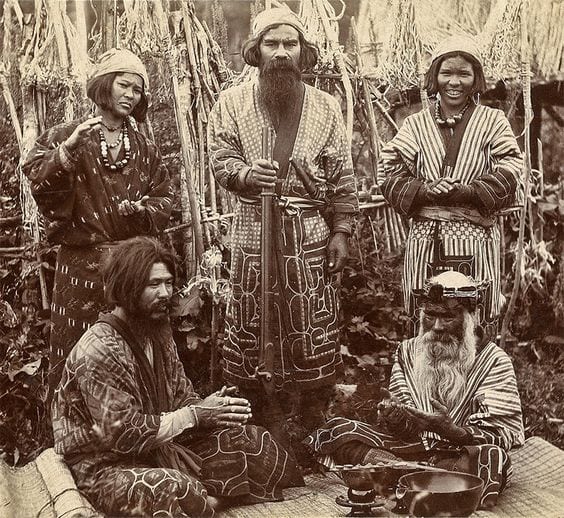Japanese People Have DNA That Resembles With 3 Ancient Populations!
A new analysis of ancient DNA, changes how we understand Japan’s genetic ancestry.
It identifies a significant contribution by people who arrived around 1,700 years ago and revolutionized Japanese culture.
Research announced back on Friday revealed that Japanese have genetic resemblance to three ancient populations instead of two. This suggests a more complicated ancestry for Japan’s archipelago nation of approximately 125 million.

Researchers compared genetic data from 17 ancient Japanese people to determine how they compare with modern Japanese people.
Two primitive class have verified the documented genetic contributions. The former class belonged to Japan’s indigenous hunters, dating back to approximately 15,000 years ago known as the rise of Jomon period. The second group was from Northeast Asia, who arrived in Japan in 900 BC and brought wet-rice farming to Yayoi.
Different researches showed that the present Japanese have around 13% and 16% of genetic similarity to these two groups. Another thing to note is that nearly 75% of their lineage came from a third population with East Asian roots. This arrival in 300 AD marked the rise of what is known as the Kofun period. It brought cultural advances and established centralized leadership. This population seems to resemble the Han people of China.
“We are thrilled about our findings regarding the tripartite structure in Japanese populations. This is a significant finding in terms of rewriting modern Japanese history by using ancient genomics,” Shigeki Nakagome, a geneticist from Trinity College Dublin in Ireland, said. He was also co-leader for the Science Advances study.
Daniel Bradley, also from Trinity College Dublin, said that the research shows how ancient DNA can uncover ancestral components that cannot be seen with modern genetic data.
Nakagome stated that the study revealed that individuals from Japan’s ancient foraging and agrarian cultural phases contributed significantly to the ancestry of today’s Japanese people.
According to Takashi Gakuhari, a geneticist at Kanazawa University in Japan, the oldest skeleton extracted DNA was a woman dating back to approximately 9,000 years from an Ehime Prefecture Jomon period site. In the Kofun Period site of Ishikawa Prefecture, three skeletons from 1500 years ago were recently discovered.
The name of the “Kofun period” comes from the large tombs made from clay for the royalties during that period.Nakagome stated that “Chinese characters began to be used during this period, like Chinese characters inscribed onto metal implements, for example, swords.”
The ocean surrounds the mainland of Japan, which made it difficult for people to migrate in ancient times. Japan became known to mankind more than 3,000 year ago. When sea levels were lower, there might have been a landbridge to the Asian mainland.
Researchers also found that the genetics of Japan’s people have remained relatively stable since the Kofun period (which lasted approximately 300-700 AD).
Also read about Japanese Tea Ceremony: History & Philosophy

Say it isn’t so, the Japanese are NOT homogeneous?! Been trying to tell people for a while, it’s fairly obvious, Ainu and Uchinanchu’s roots are not the same as the majority. Plus the Yayoi we know entered via the Korean peninsula, not to say they’re originally from what is now Korea but not to say they’re not either….we just don’t know…yet.